This month we are going to wrap up the LED lighting project and (another Weir two-fer) give you a way of making all future do-it-yourself electronic circuits for your airplane easy and cheap to fabricate.
Here’s the deal. Almost all electronic products use the printed circuit board as both the substrate upon which the individual components are mounted as well as the metal wire traces to interconnect the parts. Edison experimented with this idea in 1904, but the PC board really came to life during and just after WW-II. Consumer products came on board with the mass production of AM/FM radios and TVs in the late 1950s, and today it is difficult to find an electronic device more complex than a flashlight that does not use PC boards as the main assembly for components.
Paul Simon wrote that there are “50 Ways to Leave Your Lover,” but so far as I know, there are only three ways to make a printed circuit board. You can:
- Send your design to a commercial PCB manufacturer (“fab house”).
- Send your design to a PCB manufacturer that specializes in small-quantity prototypes.
- Make it yourself.
The PC board generated from the schematic. The copper traces on the top of the board are in red, and the traces on the bottom of the board are in blue. The black traces will be painted onto the top of the board to show where the components go.
I’ll be quite honest. I have been making my own boards since high school and after a few years got quite adept at turning out a pretty fair product. As a matter of fact, I have shared this knowledge with any student that took one of my college classes. However, things have changed dramatically in the last three or four years, to the point that it is now less expensive for me to send a board out to 1 or 2 above than to roll my own. True, I can make a board myself to go from schematic to prototype in a day or so, and it takes at least a week or two to get a prototype done commercially. The tradeoff, as you can see from the photograph, is that when I get a board done by a fab house, it is perfectly drilled, holes plated through, solder masked, and component legends screened onto the top layer.
In contrast, homemade boards present several problems:
- They are difficult to drill properly (an 0.020-inch diameter drill is about as thick as 10 sheets of paper or five human hairs and breaks at the slightest movement of the board).
- The holes that have traces on both sides of the board (a registration problem in and of itself) must be soldered on both sides or the circuit won’t work.
- They cannot be easily coated with “solder mask” so that you can’t short adjacent traces with “solder slop.”
- It is difficult to impossible to easily put the stenciled legend on the board for component placement.
Three ways of making a PC board. The purple board on the left was made by the OshPark prototype supplier, the green board on the right was made by Advanced Circuits, and the large board in the back was made in the author’s lab a few years ago. The purple board was created from the schematic and layout of the headset tester. Note that the solder holes are gold plated to make soldering very easy.
The thought two months ago, when I started this series, was to show you how to do “bathtub boards” in your shop. But after serious contemplation (and a few badly botched boards), I came to the realization that the amount of time wasted in abortive attempts was worth far more than the few bucks extra to get it done by folks that do it all day long, all the time. That, and it is more than just the technique. The main concept behind DIY boards was to transfer laser toner from photo gloss paper onto copper PC board material using an iron to “melt” the toner from the paper to the board. There used to be two kinds of photo gloss paper—inkjet and laser. I suspect the laser paper used a process for the gloss coating that would not be affected by the heat of the laser process. Today you can only find paper that is suitable for both laser and inkjet, and my reasoning is that they somehow “softened” the gloss so that the ink from the inkjet could penetrate the gloss coat and stick to the paper substrate. All attempts to use this new paper to transfer the laser toner met with dismal results.
The same resistor schematic symbol is used no matter what the physical size and shape of the resistor.
So, here is the “new” way of doing it by sending out digital files for fab. All printed circuit boards start out with a “schematic” of the circuit. A schematic is simply a collection of symbols that represent the individual components of the circuit, interconnected with lines that will eventually be the wire traces on the board. The symbol simply tells us the generic type of component, but nothing about the physical dimensions of the component. A resistor symbol, for example, could represent the little tiny quarter-watt or the fairly large 20-watt resistor shown in the photo. Part and parcel of the schematic program is a “parts box” that lets me tell the program to store the physical and electrical properties of the component along with the symbol. Even more important, it lets me store a “package” property with the symbol, which is vitally important to the next part of the whole package. The little resistor, for example, has a package known to the schematic program as “R-3/9-LS9” (Resistor, 3mm in diameter, 9mm long, with Lead Spacing 9mm). Likewise, the big resistor has package “R-13/26-LS45”. Every time I use a new component, I have to either use an existing package or make up a new one.
The other half of this package is what is called a “layout” program. It is an incurably dumb program when it comes to understanding how a particular circuit works, but it is a screaming wizard when it comes to interconnecting components on the PC board layout. The only things it understands from what the schematic program sends it is (a) what the part “looks” like physically from the package stored with the component and (b) what other components it connects to. If the schematic design is the science of electronics, then the layout of a printed circuit board is the art of electronics. I have known half a dozen PC board layout professionals and consider them artists of the first magnitude.
Now you’ve got the project designed with the schematic and laid out with the layout program—are we done yet? We are if you are making the board yourself, but if you are going to use 1 or 2 above to make your board for you, then there are a couple of more steps you need to go through to send digital files off for fab. Don’t worry, it is purely automatic and takes less than 10 minutes.
Fab houses need what are called “gerbers” and “NC Drill” files. The gerbers show the automatic PC board manufacturing machines where parts and wire traces go, and the NC files show the automatic machines where to drill holes. The whole process takes less time than reading this paragraph, and all this magic is done within the layout program with the push of a button. No sweat.
Here is an example. In the October 2014 issue of KITPLANES, I gave you the schematic of a headphone tester. I also gave you the “artwork” (trace layout) of the PC board so that you could fabricate one at home if you wished. Now let’s take that to the next level. I actually made a board from that issue’s design and you can see the board in the photo on page 74. The schematic made this “trace artwork” that was translated into gerbers and NC Drill files, and fabricated at a prototype PC fab house. The cost was $5 for the board for a product you couldn’t buy for any money, anywhere in the world.
So here is the drill from now on. If I write a column that has a design that I think you may want to make, I’ll post the complete set of files on my web page at www.rstengineering.com/kitplanes in the year and month of issue for you to send off and get your own board(s) for fabrication. (Hint: Next month is the first board with a full set of PC board files.) I’ll also post the PC board files for the nav lights at the same time.
Also I’ll post the program that I use to generate schematics, PC board artwork, and digital files in the same location. You can download it and use it with my blessings (I was the beta tester on the program, so I know it is pretty well debugged).
Now, here’s a list of resources for you to use when you decide to get into this PC board electronics thing for real. I’ve only listed folks I’ve actually used and found to be first class. There are probably hundreds of others that are every bit as good:
- 1. Commercial PCB Fab Houses:
- Advanced Circuits, Denver, Colorado (www.4pcb.com) Pretty pricey for onesie-twosie prototypes, but pretty good for production quantities. Fab is in Denver.
- E-Teknet, Chandler, Arizona (www. e-teknet.com) Fair pricing for prototypes and excellent for production. Fab is in Mainland China.
- 2. Prototype PCB Fab Houses:
- OshPark, Somewhere in the USA (https://oshpark.com) Great for prototypes. For $5 per square inch of board size, you get three boards. Fab is in the USA somewhere.
- 3. Chemistry and PC Boards to Do it Yourself:
- Jameco, San Jose, CA (www.jameco.com) Has all the “DATAK” homebrew chemistry and materials to make boards yourself.
Like I said, next month is the first full-bore design with posted PC board files, but the files for the LED nav and landing lights will also be posted. I can tell you that next month it is a very loud project. Until then, stay tuned…

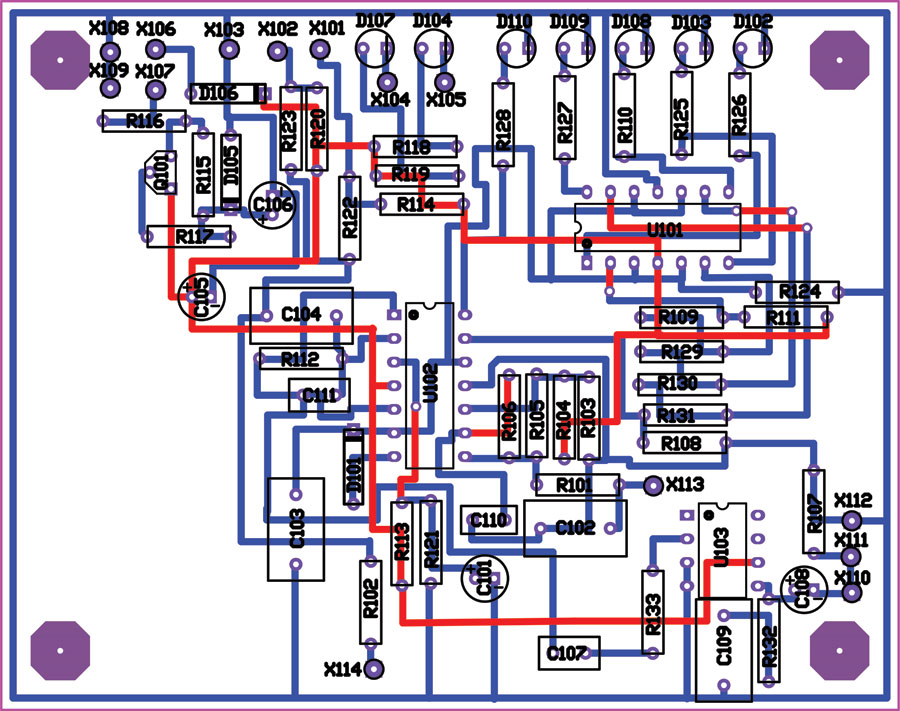
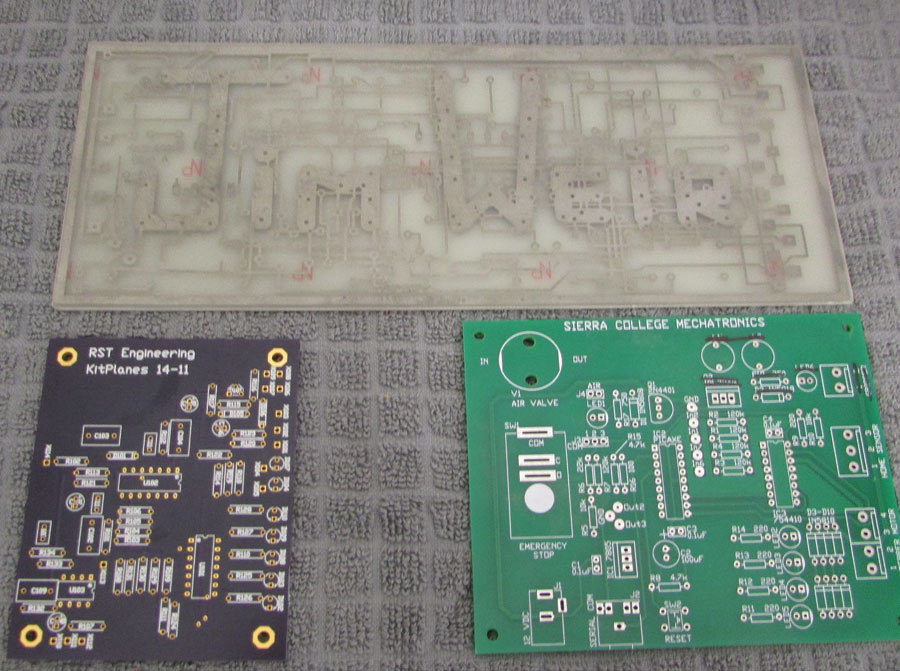
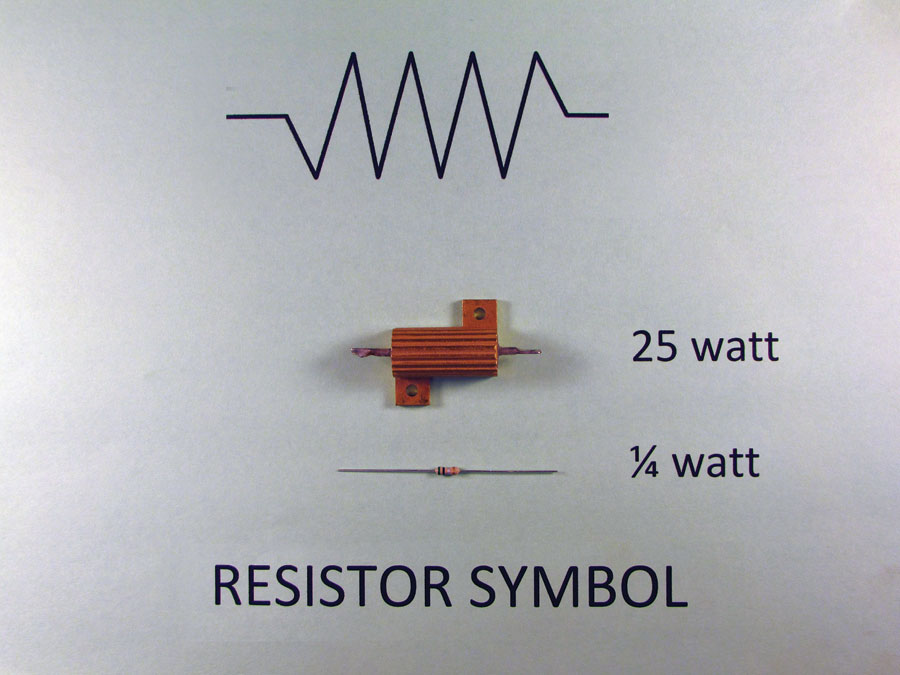
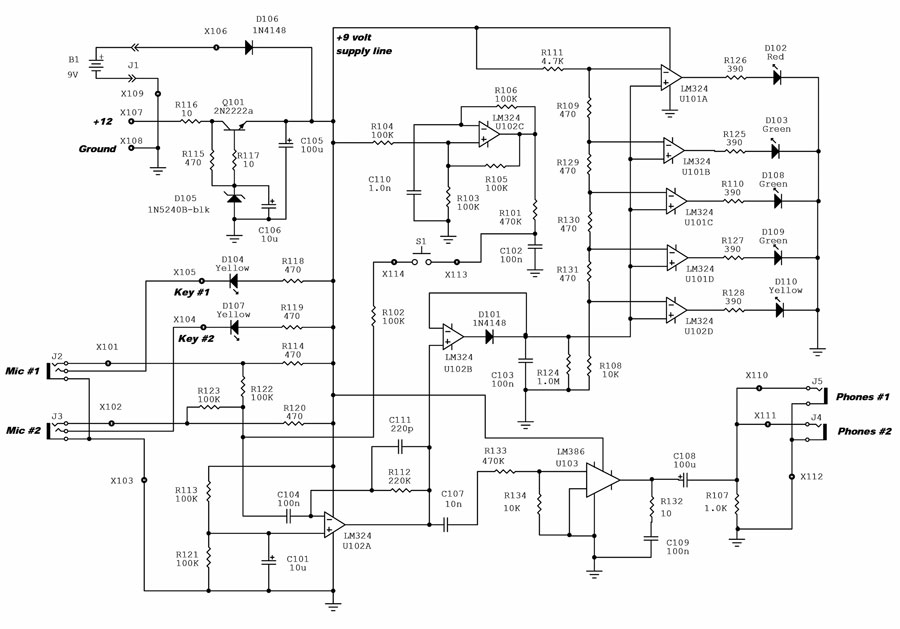










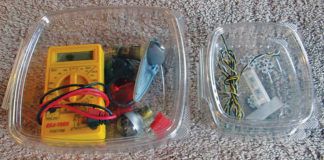
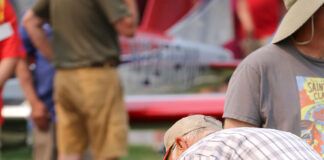
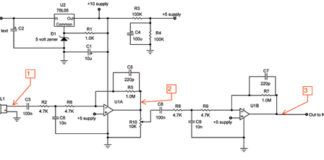
Jim, I tried to send the landing lights circuit board files to Oshpark and they said they couldn’t find a drill file. What “tool” did you use to create these Gerbers? If I can tell them that they may be able to help me sort things out. Also, I scanned through Mousers lenses looking for something that matched the picture of the lenses you mentioned in the Landing Light article. Couldn”t find a match. Could you identify the brand or the sizel or alternative sources? Thanks. I read your articles first every month. Lyn